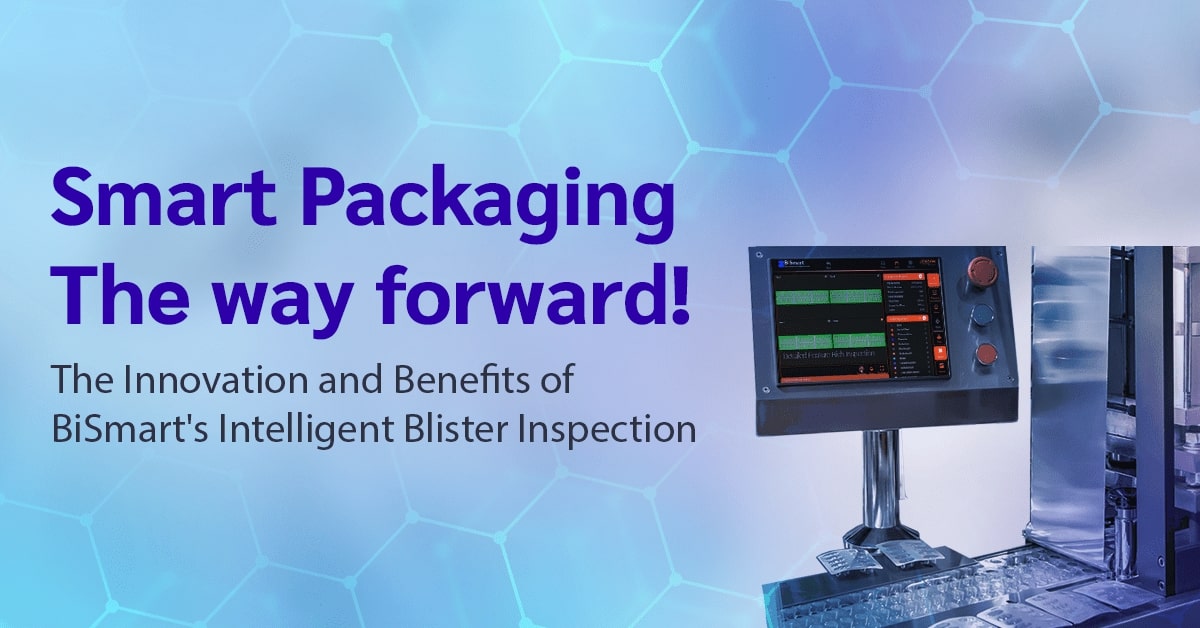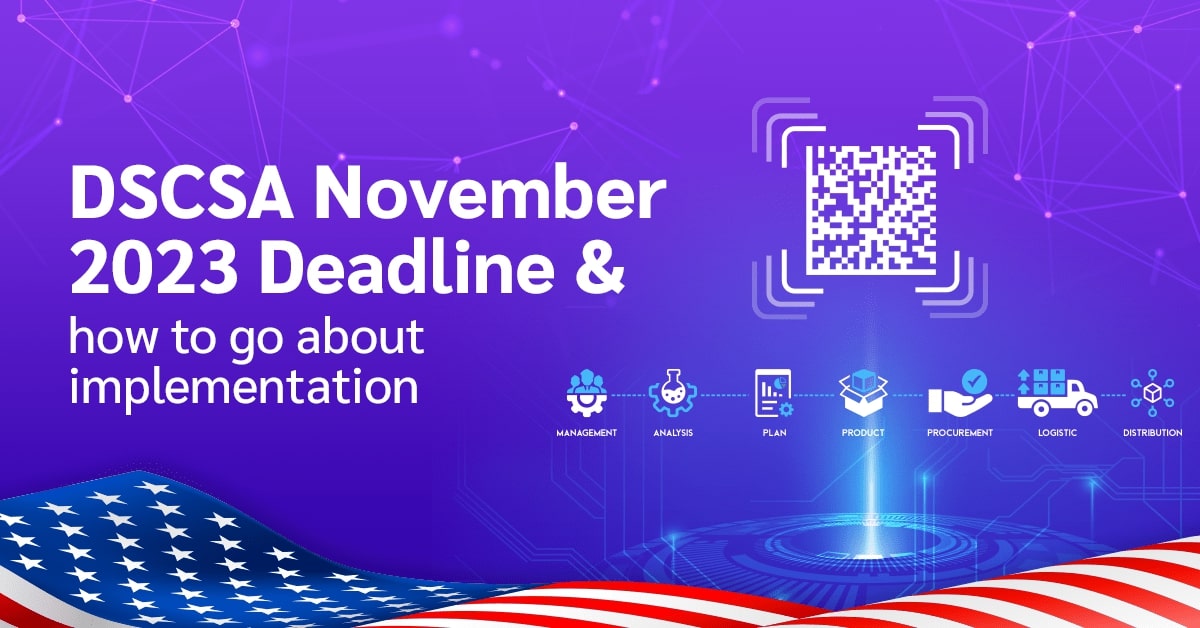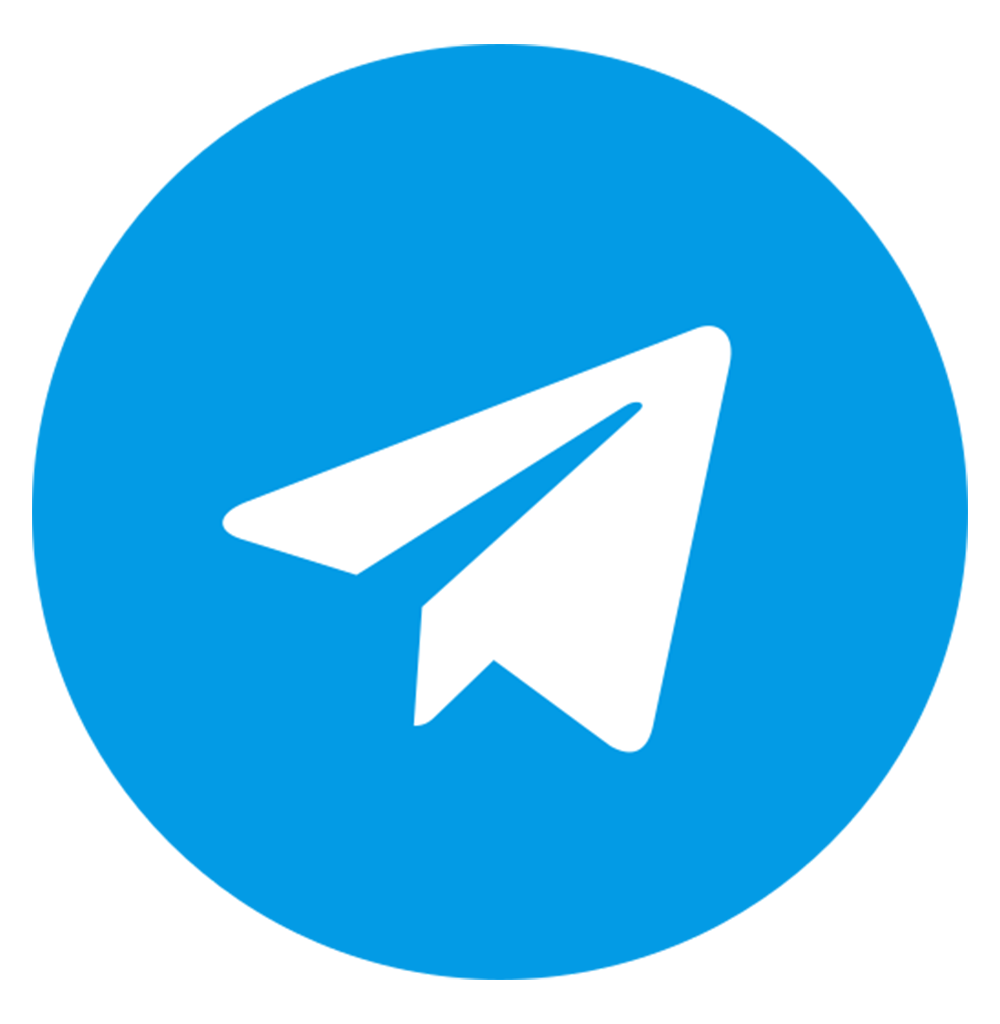Serialization has become a cornerstone of pharmaceutical supply chain management, driven by the need for enhanced traceability, patient safety, and regulatory compliance.
However, the implementation of serialization is not without its challenges, particularly when it comes to managing exceptions.
In this blog, we will explore the importance of serialization, the role of GS1 standards, common DSCSA exceptions, and strategies for handling these exceptions effectively.
The Importance of Serialization in the Pharmaceutical Industry
Serialization involves assigning a unique identifier to each saleable unit of a pharmaceutical product.
This identifier typically includes a Global Trade Item Number (GTIN), a serial number, a batch number, and an expiration date.
Serialization is crucial for several reasons:
- Enhanced Traceability: Serialization allows for the precise tracking of each product throughout the supply chain, from manufacturing to the end customer.
- Combating Counterfeiting: Serialization helps to verify the authenticity of pharmaceutical products.
- Regulatory Compliance: The DSCSA mandates serialization as a key component of its requirements for product tracing, verification, and reporting.
- Supply Chain Efficiency: Serialization streamlines supply chain operations by enabling automated processes for inventory management, order fulfillment, and product recalls.
Also, read Right Way to Do Serialization – What to Do, Where to Start From, What Not to Do.
Understanding GS1 Standards in Serialization
GS1 standards are the foundation of serialization in the pharmaceutical industry.
These global standards ensure that the unique identifiers assigned to products are consistent, interoperable, and recognized across the supply chain. Key GS1 standards relevant to serialization include:
- Global Trade Item Number (GTIN): The GTIN is a unique identifier assigned to each pharmaceutical product. It is used globally to identify products in a consistent manner, ensuring that every item can be traced throughout the supply chain.
- Serial Shipping Container Code (SSCC): The SSCC is a unique identifier used for logistics units, such as pallets or cases. It enables tracking of the entire shipment as it moves through the supply chain.
- GS1 DataMatrix Barcode: The GS1 DataMatrix barcode is a two-dimensional barcode that encodes the GTIN, serial number, batch number, and expiration date. It allows for efficient scanning and data capture throughout the supply chain.
- Electronic Product Code Information Services (EPCIS): EPCIS is a GS1 standard that enables the sharing of information about the movement and status of products in the supply chain. It plays a critical role in ensuring transparency and traceability.
Also, read Guide to Buying the Right Serialization Software for Enhanced Product Traceability.
DSCSA Exceptions: Causes and Consequences
Despite the robust framework provided by serialization and GS1 standards, exceptions can occur.
DSCSA exceptions refer to instances where serialized products deviate from expected norms, leading to challenges in traceability and compliance.
Common causes of DSCSA exceptions include:
- Data Inconsistencies: Inaccuracies in the data encoded in barcodes or transmitted between systems can lead to exceptions. For example, a mismatch between the serialized data in a barcode and the data in the manufacturer’s database can cause issues during product verification.
- Labeling Errors: Errors in printing or applying labels can result in incorrect or unreadable barcodes, leading to difficulties in scanning and tracking products throughout the supply chain.
- System Integration Issues: Serialization requires seamless integration between different systems used by manufacturers, wholesalers, and retailers. If systems are not properly integrated, data may not be accurately transmitted or received, leading to exceptions.
- Supply Chain Disruptions: Unexpected disruptions in the supply chain, such as a product recall or shipment delay, can result in exceptions. These disruptions may cause discrepancies in the tracking data, making it difficult to reconcile the serialized information.
- Human Error: Manual data entry or handling processes are prone to human error, which can lead to incorrect serialization data or misinterpretation of serialized information.
Handling DSCSA Exceptions: Best Practices
Managing DSCSA exceptions is critical to maintaining compliance and ensuring the integrity of the pharmaceutical supply chain.
Here are some best practices for handling exceptions effectively:
- Implement Robust Validation Processes: Regularly validate the data encoded in barcodes and ensure that it matches the information in your database. This includes verifying the accuracy of GTINs, serial numbers, batch numbers, and expiration dates before products are released into the supply chain.
- Enhance System Integration: Ensure that all systems involved in serialization, from manufacturing to distribution, are fully integrated and capable of exchanging data seamlessly. This integration reduces the risk of data discrepancies and improves the accuracy of serialized information.
- Automate Exception Handling: Utilize software solutions that can automatically detect and flag exceptions as they occur. These tools can help identify the root cause of exceptions and provide real-time alerts, enabling quick resolution.
- Train Employees on Serialization Protocols: Provide comprehensive training to employees involved in serialization processes. This training should cover the importance of accurate data entry, proper label application, and how to handle exceptions when they arise.
- Conduct Regular Audits and Reviews: Regularly audit your serialization processes and review exception reports to identify patterns and areas for improvement. These audits can help prevent future exceptions and ensure ongoing compliance with DSCSA requirements.
- Collaborate with Trading Partners: Work closely with your trading partners to ensure that serialization data is accurately exchanged and that any exceptions are promptly addressed. Effective communication and collaboration are key to resolving exceptions quickly and maintaining the integrity of the supply chain.
Conclusion
Serialization is a critical component of the pharmaceutical industry’s efforts to enhance traceability, combat counterfeiting, and ensure regulatory compliance.
While the DSCSA provides a robust framework for serialization, exceptions can still occur due to data inconsistencies, labelling errors, system integration issues, and other factors.
By adhering to GS1 standards, implementing best practices for exception handling, and fostering collaboration across the supply chain, pharmaceutical companies can effectively manage DSCSA exceptions and maintain the highest standards of product safety and quality.
As the industry continues to evolve, the importance of serialization and the need for vigilant exception management will only grow, making it essential for companies to stay ahead of the curve.
Jekson USA has a unique experience in navigating through Exception Handling, and our team of experts has vast experience, so you can seamlessly meet DSCSA standards.
To learn more, contact us at E: marketing@jeksonvision.com | M: +1 919-646-5530
Jekson USA, 395 Park Ave, Youngsville, North Carolina, USA 27696







